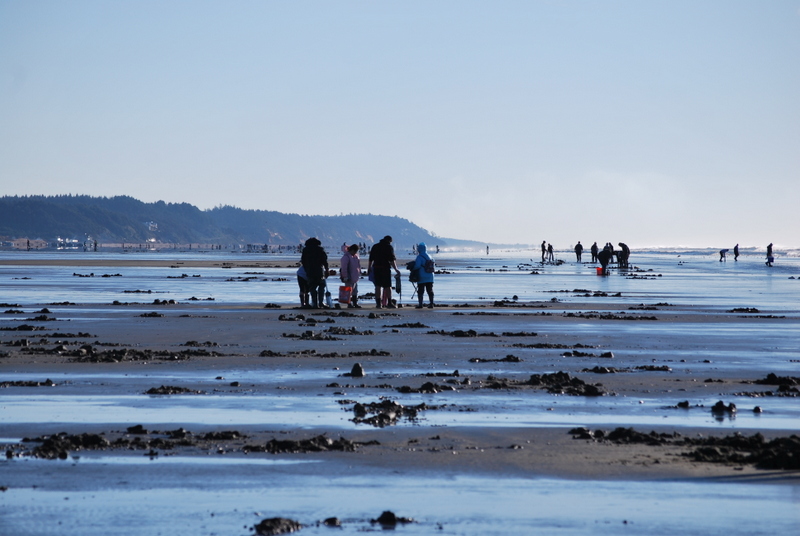Submitted by the Washington Department of Fish and Wildlife (WDFW)
Rising marine toxin levels have prompted the Washington Department of Fish and Wildlife (WDFW) to delay upcoming razor clam digs at Long Beach and to review openings at other ocean beaches.
The department continues to monitor toxin levels to determine whether razor clam digging can proceed at Twin Harbors, Copalis and Mocrocks beaches.
WDFW previously announced a tentative schedule of digs for Oct. 14 through Dec. 31 at the four ocean beaches.
However, digs at Long Beach are on hold until tests indicate toxin levels have dropped and the clams are safe to eat, said Dan Ayres, WDFW coastal shellfish manager.
Test results on razor clams dug recently at Long Beach indicate levels of domoic acid exceed the threshold (20 parts per million) set by state public health officials. Domoic acid, a natural toxin produced by certain types of marine algae, can be harmful or even fatal if consumed in sufficient quantities.
Ayres noted that toxin levels also have increased over the past week at Twin Harbors, Copalis and Mocrocks but remain below the threshold set by public health officials.
“These latest toxin test results cast uncertainty on the fall razor clam season,” Ayres said. “We hope this is a short-term spike in toxin levels that won’t lead to closures at other beaches.”
The department will provide updates in the upcoming weeks on planned openings on WDFW’s razor clam webpage.
Elevated levels of domoic acid forced state shellfish managers to cut short the razor clam season in the spring of 2015 and delay opening again last fall.
More information about domoic acid, as well as current levels at all ocean beaches, can be found on WDFW’s webpage.
















































